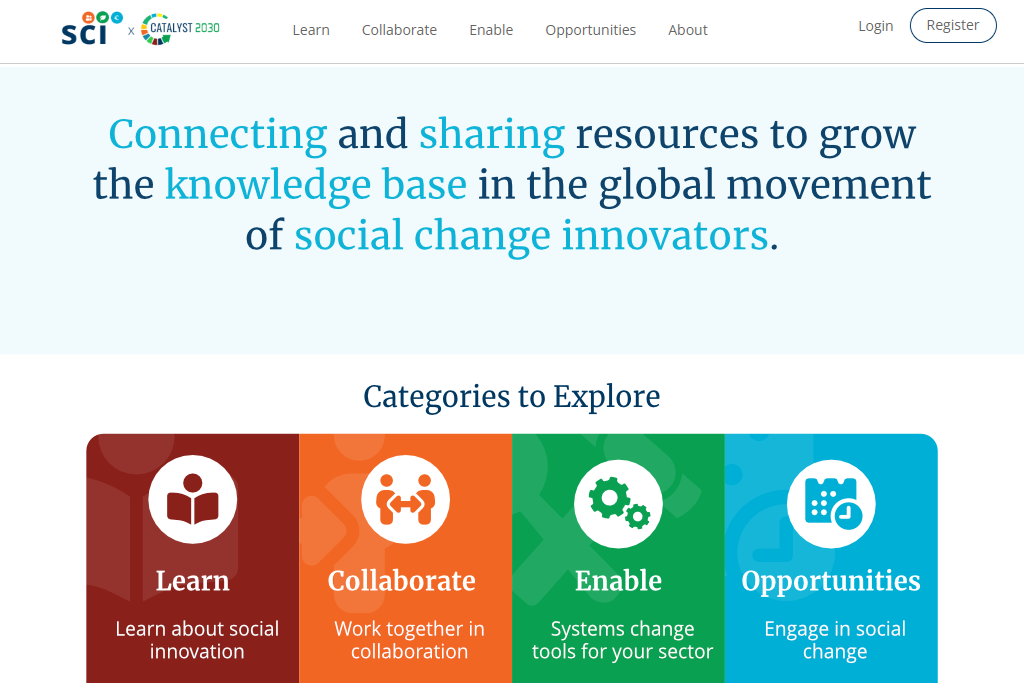Social Catalyst Innovators’ Resources
Resources categories
Discover our Social Innovators Resources, a valuable toolkit for every social catalyst seeking insights and tools for impactful change. Learn from leaders on social entrepreneurship and engage, collaborate and contribute on topics that will help you grow your social enterprise.
With more than 1,000 resources on social entrepreneurship and a variety of topics, regional content, and careers in social impact, we are growing the platform to engage and support learning for social catalysts. This platform creates an interactive experience for social entrepreneurs, including social catalysts, and stakeholders in systems change, encompassing governments, donors, academics, and private sector leaders. It achieves this through sharing social entrepreneurship concepts, guiding learning opportunities, jobs, online courses, and resources on best practices in social innovation.
Topics for the Entrepreneurial Journey
Each social entrepreneur’s journey is unique. There are a lot of different paths that a social catalyst can take when launching a venture that is focused on social impact. As you find your path, there are four stages that can help and guide you on your journey.
These four stages are based on the flow of the development of a social venture:
Learn about being a changemaker, understanding social problems from a social entrepreneurial and social innovative perspective
Deep dive into design thinking, identifying the SDGs to pursue, developing a theory of change, creating a social business model
Building relationships with stakeholders, deciding on legal structures, administrative challenges, capacity building and fundraising
Driving social innovation at scale involves shifting dominant culture while updating and evolving social impact measurement strategies
Topics
Be on the lookout for more topics and collaborations for the platform.

Introduction to Social Entrepreneurship

Changemaking

Social Innovation

Theory of Change

Design Thinking
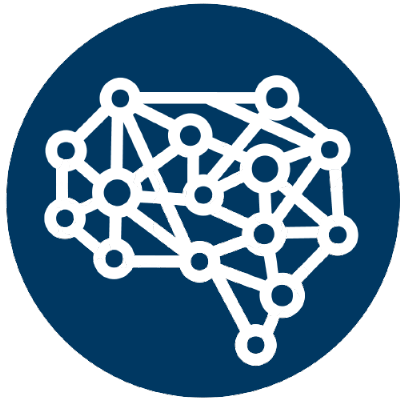
Systems Thinking for Social Change
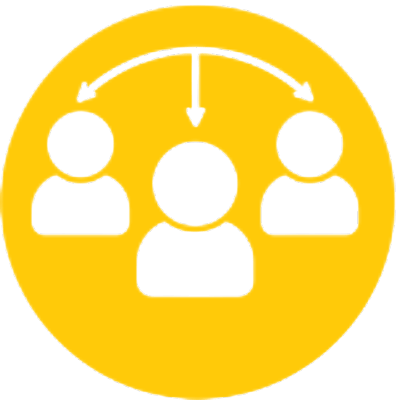
Stakeholders: Communities, Customers & Partners

Social Business Models

Fundraising for a Social Venture

Sustainable Development Goals

Scaling Social Impact

Legal Structures for Social Ventures
Regional Content
You can explore social innovation resources by world regions, aiming to harness the experience of social catalysts and innovators working together at local, national, and regional levels. The collective action of social catalysts across all regions will be instrumental in accelerating the SDGs by 2030.
Africa
MENA
North Asia
South Asia
Europe
North America
South America
Australia / Oceania
Collaboration Resources
We believe that by working together in true collaboration, including the efforts of social catalysts, the SDGs will progress. Catalyst 2030 emphasizes collaborative action among social entrepreneurs, social catalysts, and other stakeholders like donors, the private sector, and governments focused on systems change at all levels. Learn more by visiting our collaborative resources page.
Developing an Enabling Environment for Social Entrepreneurs to Flourish
For social entrepreneurs to flourish, developing an enabling environment includes understanding the role of social entrepreneurs. The responsiveness and scale of funding available is key to fueling social entrepreneurial capacity, as are improvements in governmental policies, developing new frameworks and building sustainability practices at the country level. This is important so that governments, bilaterals/multilaterals, and donors also get access to social change innovators and their solutions. Finally, developing an enabling environment includes the role of communities which are central in helping social ventures to achieve their mission.
The need to create an enabling environment comes from the current playing field that heavily favours established large entities, and their approaches to change are not necessarily built upon the knowledge and experience of those close to the issue. Governments, bilaterals/multilaterals, and donors must have access to social change innovators and their solutions.
Learn more about creating an enabling environment, by linking to the Social Change Innovators Enable section.
Social Entrepreneurs
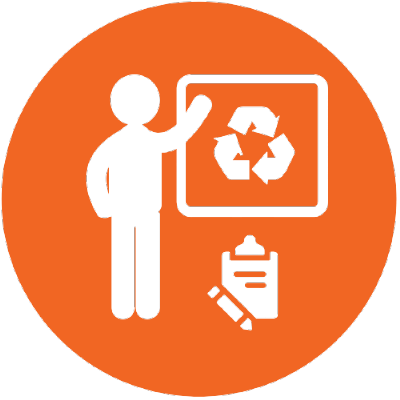
Social Innovation Stories

Systems Learning Series

Case Studies

Books
Governments

Case for Governments to Support Social Ventures

Working with Governments

Policy Change

Advocacy
Donors

Case for Donors to Support Social Ventures

Shifting the Funding Paradigm

Funding Opportunities
Private Sector
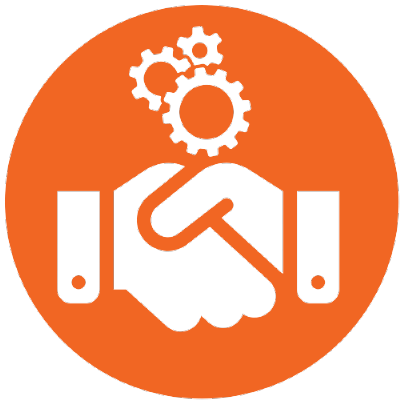
Case for Private Sector to support Social Ventures

Business Procurement

Engaging with the Private Sector
Academics

Research on Social Enterprise

Academic Resources

Course Models and Syllabi
Share your Resources
We would love you to share your own social innovation resources, articles, videos or websites to increase social entrepreneurs’ learning. Register on the website to upload your own learnings of regional or global best practices.

